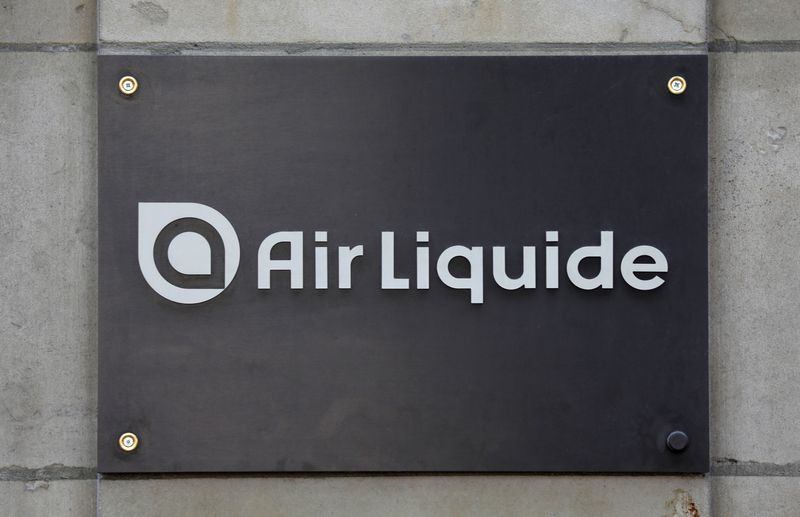Investing.com — Shares of Air Liquide (OTC:) fell on Thursday after Morgan Stanley downgraded the stock to “underweight,” pointing to concerns about a looming cyclical slowdown in its traditional customer base.
At 8:20 am (1220 GMT), Air Liquide was trading 2.3% lower at €164.58.
The brokerage, which set a price target of €149 per share, cited limited upside potential following the stock’s recent outperformance on European markets.
Morgan Stanley analysts recognized that Air Liquide has performed at a high level, achieved its revised targets and benefited from the global energy transition.
“The group is operating at a high level and the shares have outperformed most defensive European names by 40% since 2019,” the analysts said.
Air Liquide’s victories in energy transition projects and industry consolidation have further strengthened its position. However, the analysts warned that it could be difficult to maintain this level of performance in the face of growing challenges.
A key concern raised is the potential slowdown in Air Liquide’s traditional customer sectors, including refining, chemicals and metals.
These industries, which are key to Air Liquide’s Large Industries business, are expected to reduce capital expenditures (CapEx) by approximately 1% over the next three years.
This decline is notable because the company’s growth, especially in new on-site projects, depends on expanding its customer base and not just maintaining existing operations.
Morgan Stanley suggests that the current share price may not fully reflect these expected challenges, particularly the expected slowdown in capital investments.
Despite the slowdown, Air Liquide has positioned itself as a key player in the energy transition, benefiting from decarbonization projects that could boost long-term growth.
“The traditional customer investments that drive the profitability of the Large Industries business will slow. The compensatory energy transition will begin in ’26, the analysts said.
This slowdown could create a gap in growth in the coming years, leaving the company more exposed to the cyclical downturn in its traditional markets.
The analysts pointed out that while Air Liquide has announced several new energy-related projects, their contribution to earnings will be delayed, and current valuations do not price in this delay.
Another factor weighing on the outlook is Air Liquide’s pricing power in its Industrial Merchant business, which has benefited from industry consolidation. In recent years, the company has benefited from increased price pressure, which has increased margins.
However, Morgan Stanley now sees limited room for further price increases, indicating that the price cycle has peaked. While price decline is not expected, the brokerage expects a “potential price ceiling,” indicating further margin growth may be limited.
This normalization of earnings growth could also leave the company vulnerable to earnings cuts, especially as consensus forecasts currently predict optimistic EBITDA growth of 7.8% for 2025, which Morgan Stanley sees as a challenge.
Air Liquide’s investment backlog has entered a slower phase. This backlog reflects the total value of approved projects yet to commence and is a key driver for the company’s Large Industries business, which focuses on large customers in sectors such as refining and chemicals.
Morgan Stanley suggests the slower pace of new investment decisions could limit future growth, especially as capital spending from Air Liquide’s traditional customers is expected to level off. This reflects broader market trends, with sectors such as petrochemicals, especially in China, pulling back on expansion after a period of oversupply.
A bright spot in the report was the growth potential in the electronics sector, which is expected to accelerate in 2026 and 2027.
The analysts pointed to US onshoring programs and technological advances that could lead to higher capital investment in the sector.
However, this revival in electronics demand is unlikely to offset the cyclical downturn in Air Liquide’s other core markets in the short term. While the outlook for electronics is positive, it is too far into the future to mitigate the immediate challenges of declining capital expenditures from traditional industrial customers.
The energy transition remains a crucial long-term growth driver for Air Liquide, especially with its focus on hydrogen production and industrial decarbonization.
The company has secured numerous projects in recent years, positioning itself to benefit from the global shift to cleaner energy.
“We note that while growth is high throughout the period, the more meaningful additions will begin in ’27E and beyond,” the analysts said.


